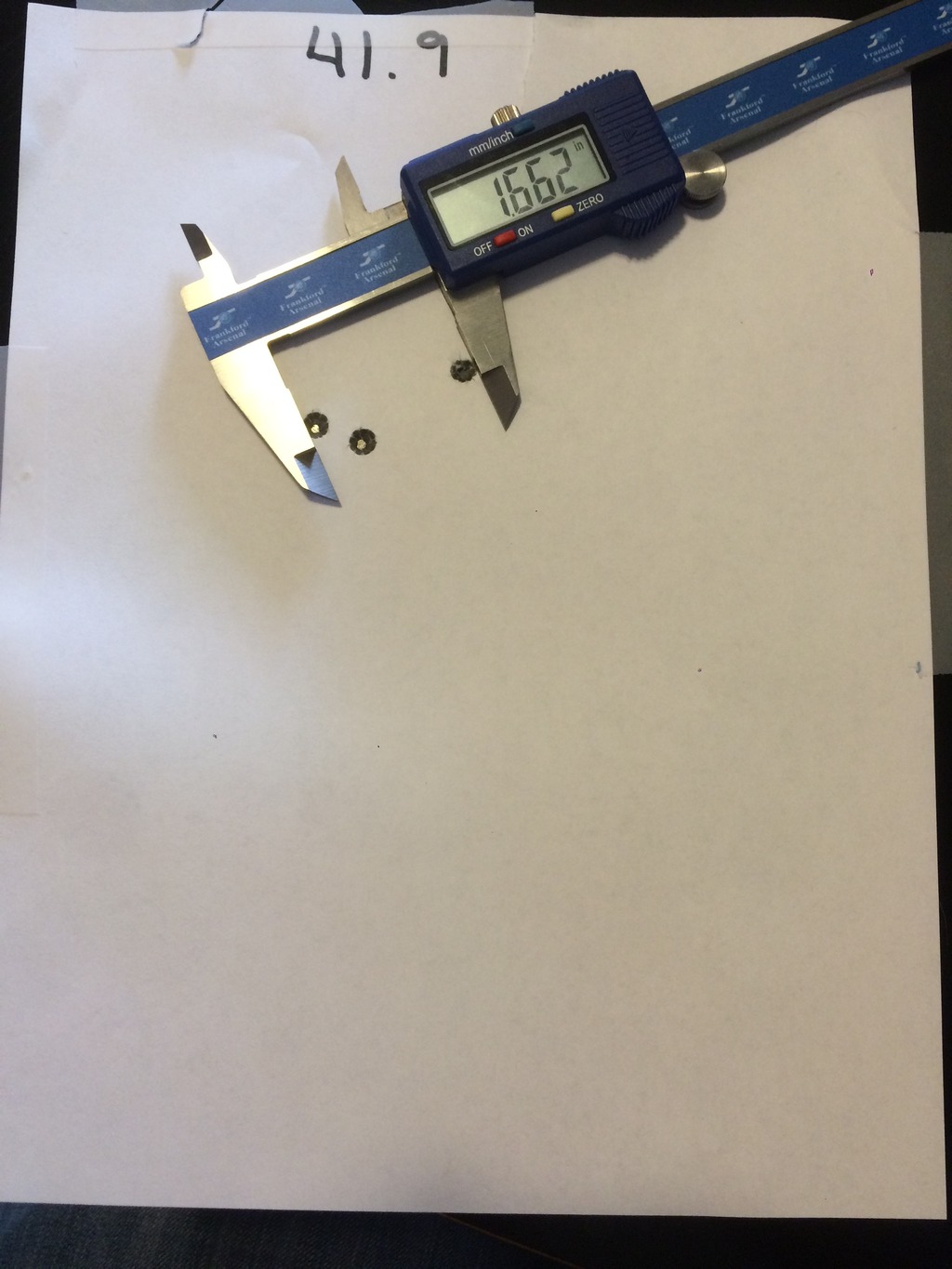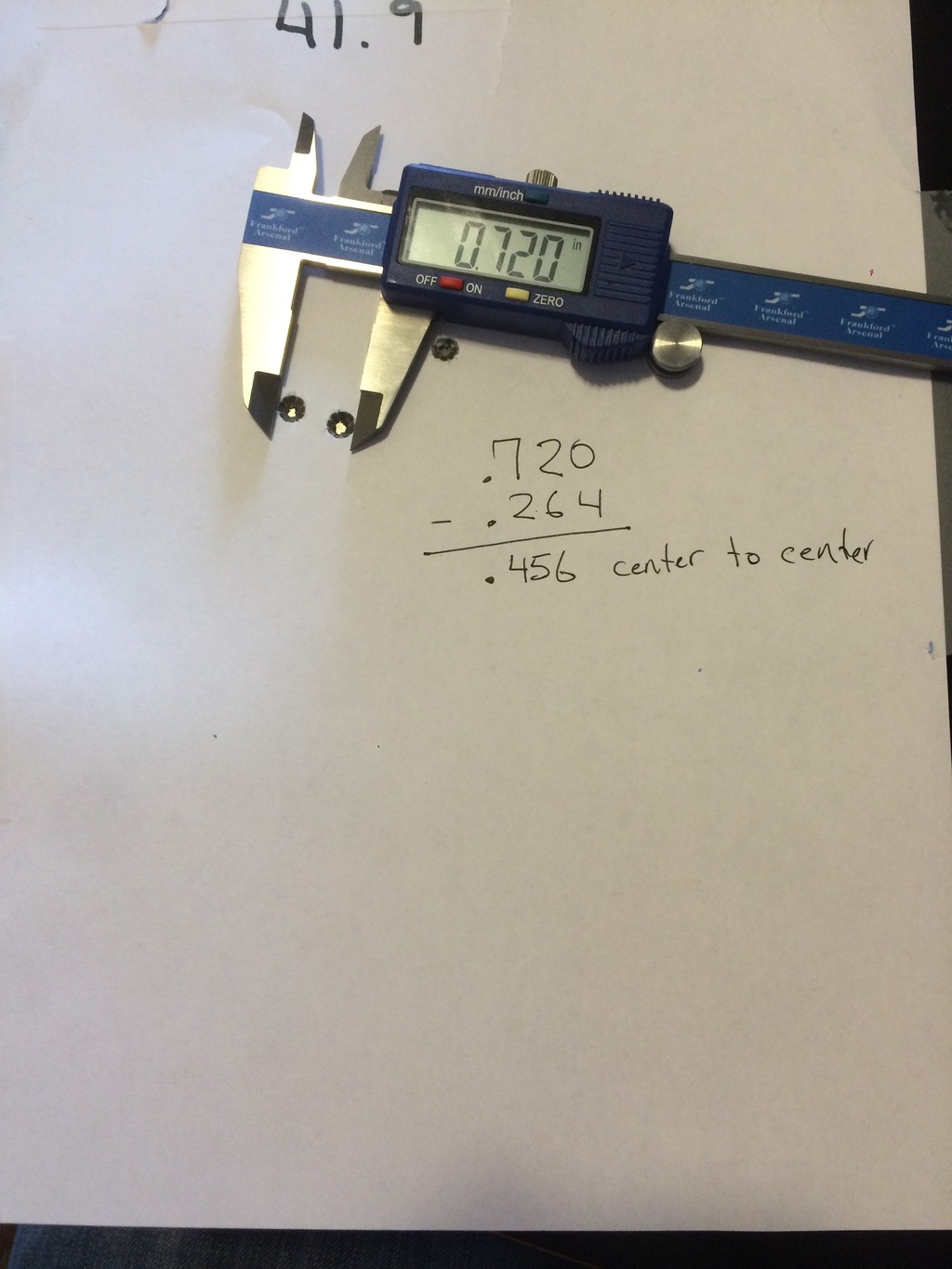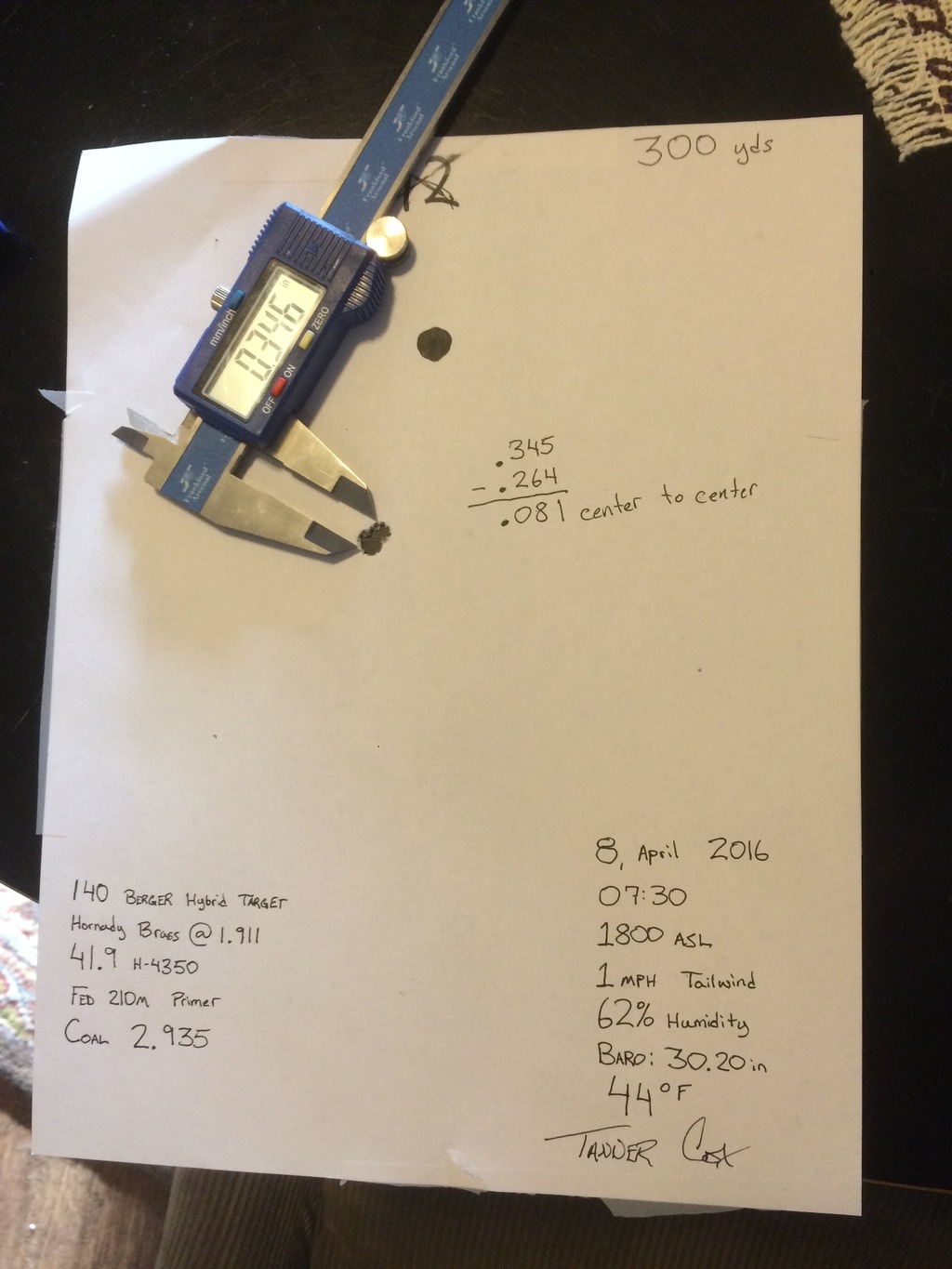I conducted a bit of a "test" today. I wanted to see if all the small things REALLY matter. This one was very simple and I did not get into advanced techniques (mostly because I am NOT an expert). I conducted an optimum charge weight test. I tested charge weights 41.8-42.2 in .1gr increments. I loaded 3 rounds of each weight. The tests were conducted at 300 yards to magnify problems.
Here are some stats regarding my regular loads:
Variance of +\- .06 grains in charge weight
Variance of +\- .007 inches in brass length
Variance of +\- .008 COAL length
Did not weigh brass or projectiles
45 degree dechamfer/deburr
No pocket uniformed
THEN I duplicated the above test but with the following changed variables:
Variance of +\- .03 grains in charge weight
Variance of +\- .0005 in brass length
Variance of +\- .001 COAL length
Variance of +\- .1 grains brass weight
No variance in projectile length/weight
22 degree dechamfer/deburr
Primer pocket uniformed
I found the results to be absolutely astounding in this paticular test and found an outstanding load for my rifle.
To keep as close to Apples to apples, I'll compare charge weighs 41.9 grains. The first pic is the test with more "slop" to the loads if you will:


To be fair I called a flyer on this group. I BELIEVE that I pulled approximately 1/2inch right on the flyer. I'll take measurements ignoring the flyer to get the best possible data. I'll estimate a .456 center to center group WITHOUT the flyer.
Now this is the 41.9 gr group with the tightest tolerances I could achieve and I had zero flyers. This is the best group I have EVER shot and I'm very proud of myself for achieving it. I estimated a .081 center to center group.

What I accomplished his is raw data that the small things matter even for a novice. If you guys can think of better ways to improve this test, please let me know. I'm going to continue these types of tests and see if I can duplicate that group!
Here are some stats regarding my regular loads:
Variance of +\- .06 grains in charge weight
Variance of +\- .007 inches in brass length
Variance of +\- .008 COAL length
Did not weigh brass or projectiles
45 degree dechamfer/deburr
No pocket uniformed
THEN I duplicated the above test but with the following changed variables:
Variance of +\- .03 grains in charge weight
Variance of +\- .0005 in brass length
Variance of +\- .001 COAL length
Variance of +\- .1 grains brass weight
No variance in projectile length/weight
22 degree dechamfer/deburr
Primer pocket uniformed
I found the results to be absolutely astounding in this paticular test and found an outstanding load for my rifle.
To keep as close to Apples to apples, I'll compare charge weighs 41.9 grains. The first pic is the test with more "slop" to the loads if you will:


To be fair I called a flyer on this group. I BELIEVE that I pulled approximately 1/2inch right on the flyer. I'll take measurements ignoring the flyer to get the best possible data. I'll estimate a .456 center to center group WITHOUT the flyer.
Now this is the 41.9 gr group with the tightest tolerances I could achieve and I had zero flyers. This is the best group I have EVER shot and I'm very proud of myself for achieving it. I estimated a .081 center to center group.

What I accomplished his is raw data that the small things matter even for a novice. If you guys can think of better ways to improve this test, please let me know. I'm going to continue these types of tests and see if I can duplicate that group!








